This pub takes its name from its proximity to Canterbury’s West Gate, one of the finest medieval gateways in Britain. This grade II listed building dates from the 17th century. Over the years, it has been modified and rebuilt, losing much of its timber frame and original features.
A photograph and text about The West Gate Inn.
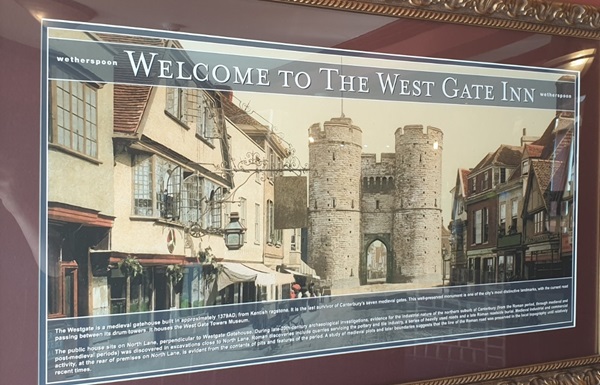
The text reads: The Westgate is a medieval gatehouse built in approximately 1379AD, from Kentish ragstone. It is the last survivor of Canterbury’s seven medieval gates. This well-preserved monument is one of the city’s most distinctive landmarks, with the current road passing between its drum towers. It houses the West Gate Towers Museum.
An illustration and text about John Boys.
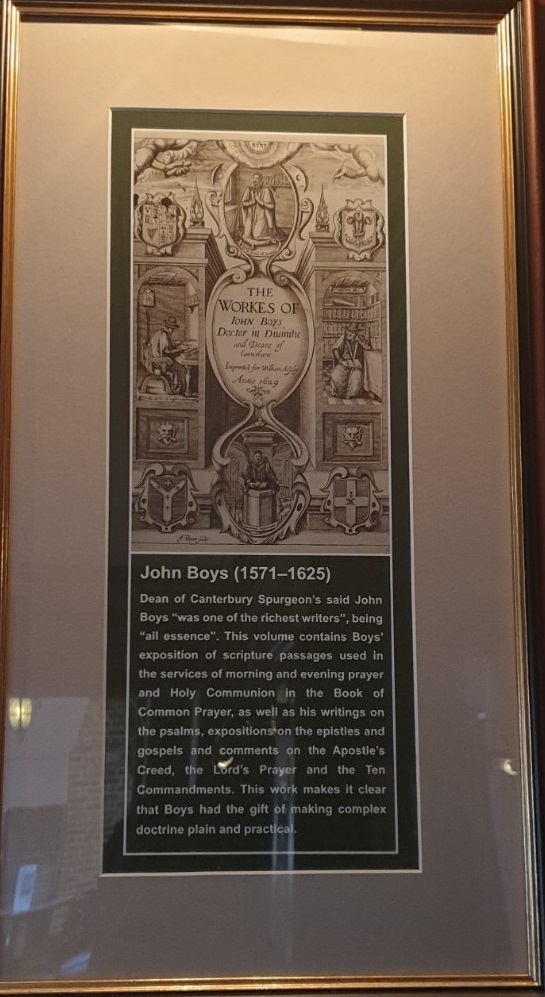
The text reads: Dean of Canterbury Spurgeon’s said John Boys “was one of the richest writers”, being “all essence”. This volume contains Boys’ exposition of scripture passages used in the services of morning and evening prayer and holy communion in the book of common prayer, as well as his writings on the psalms, expositions on the epistles and gospels and comments on the Apostle’s Creed, the Lord’s prayer and the Ten Commandments. This work makes it clear that Boys had the gift of making complex doctrine plain and practical.
A historical overview of Canterbury.
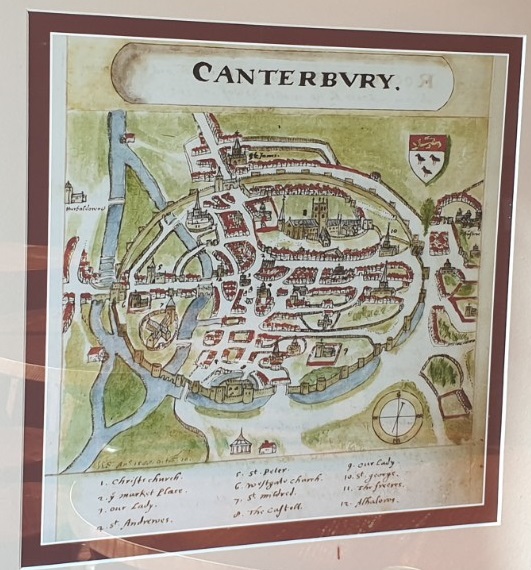
A photograph of Weaver’s & King’s Bridge from the River Stour, 1905.
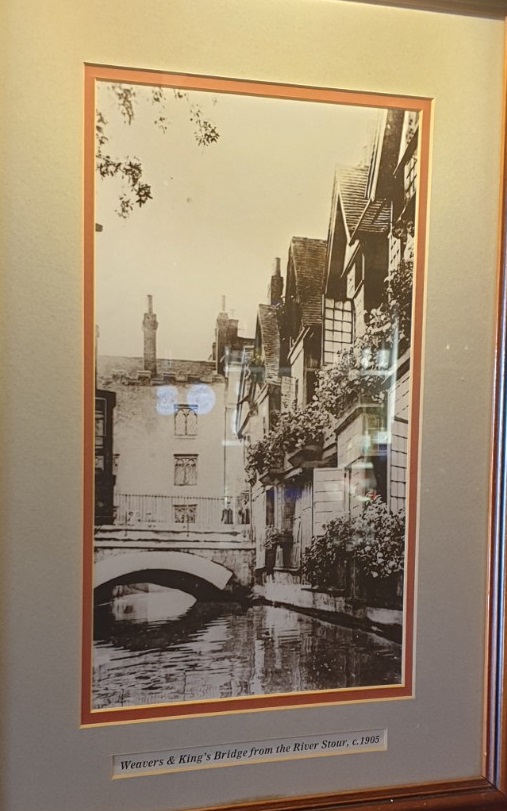
A print and text about St Augustine’s Abbey.
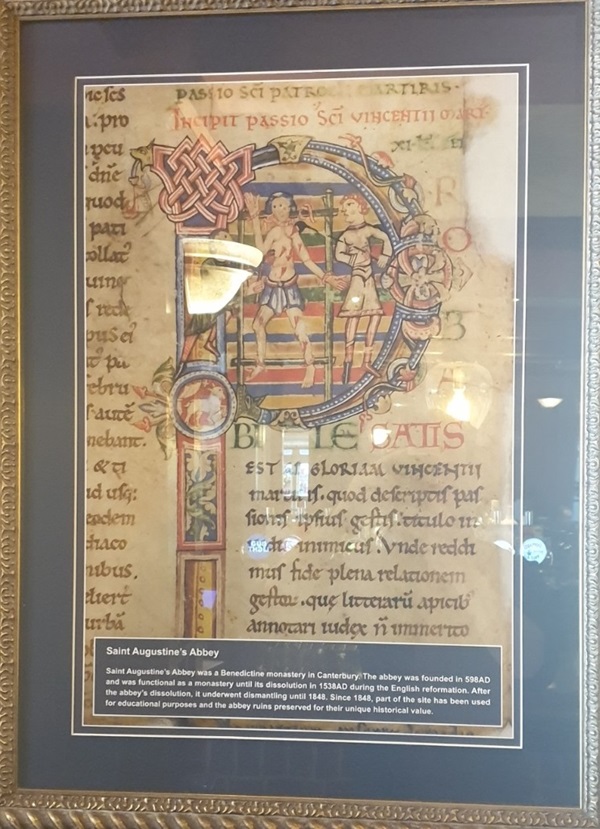
The text reads: St Augustine’s Abbey was a Benedictine monastery in Canterbury. The abbey was founded in 598AD and was functional as a monastery until its dissolution in 1538AD during the English reformation. After the abbey’s dissolution, it underwent dismantling until 1848. Since 1848, part of the site has been used for educational purposed and the abbey ruins preserved for their unique historical values.
A print of St Augustine’s Gate, 1793.
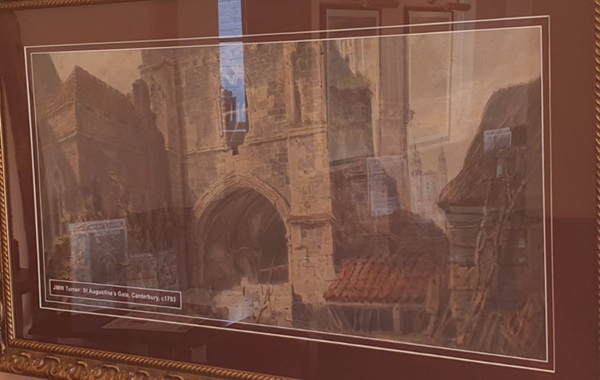
A photograph of Canterbury Cathedral great south window, 1420.
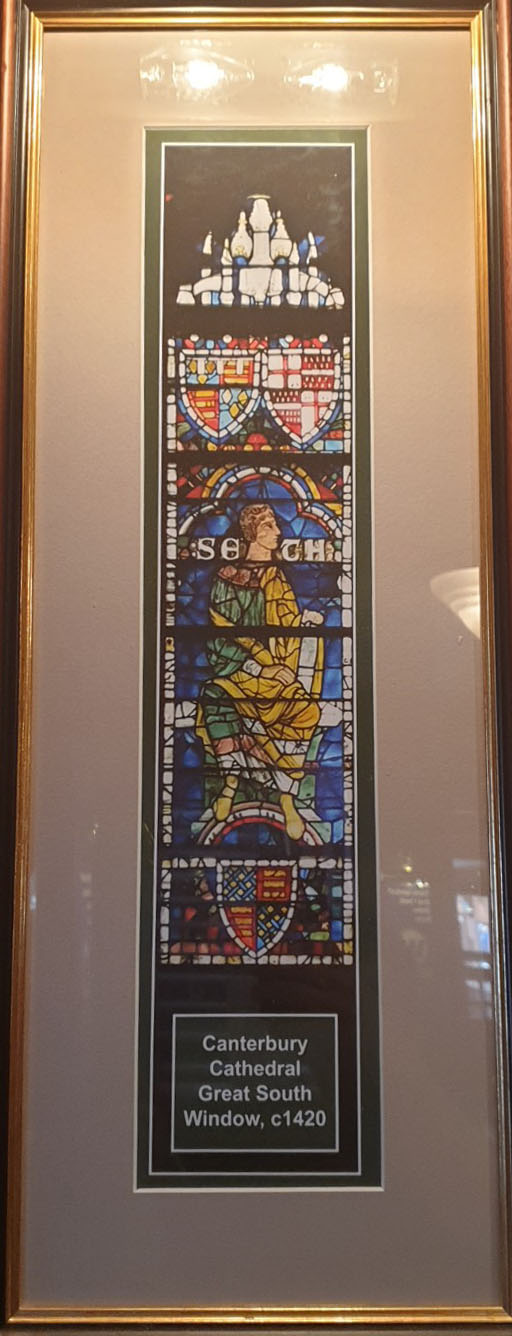
A print entitled Churchgate by Richard Friend.
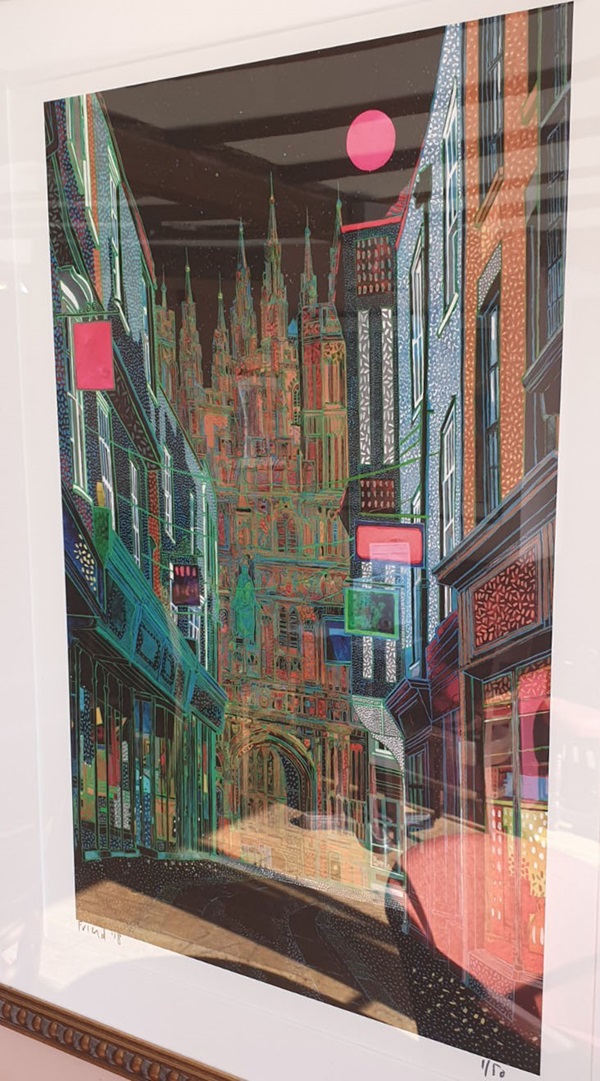
External photograph of the building – main entrance.
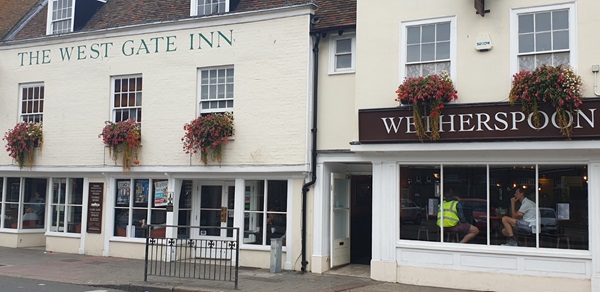
If you have information on the history of this pub, then we’d like you to share it with us. Please e-mail all information to: pubhistories@jdwetherspoon.co.uk